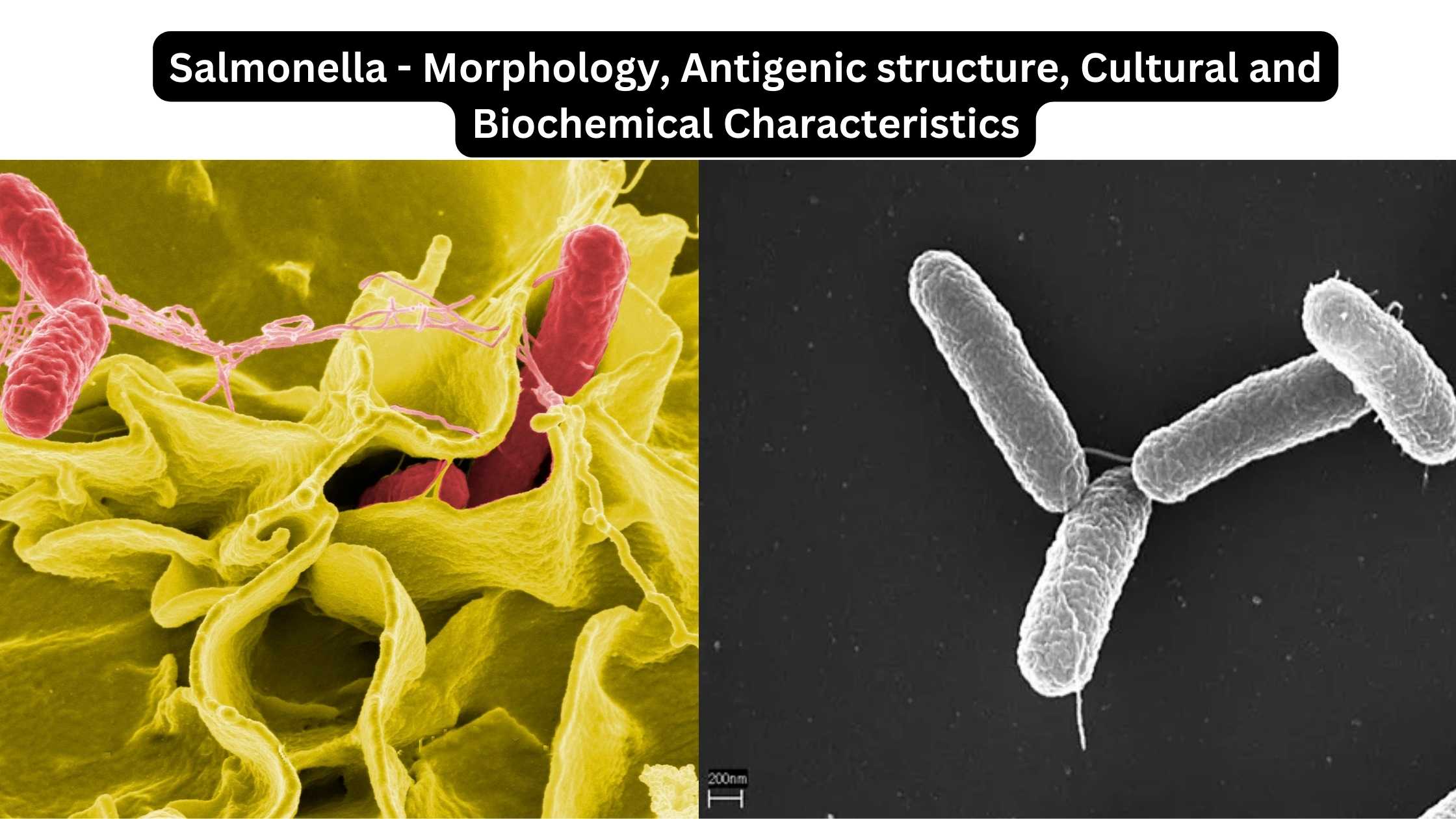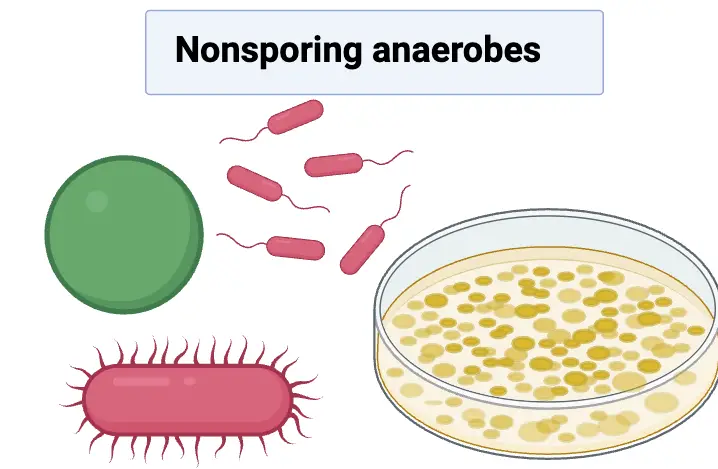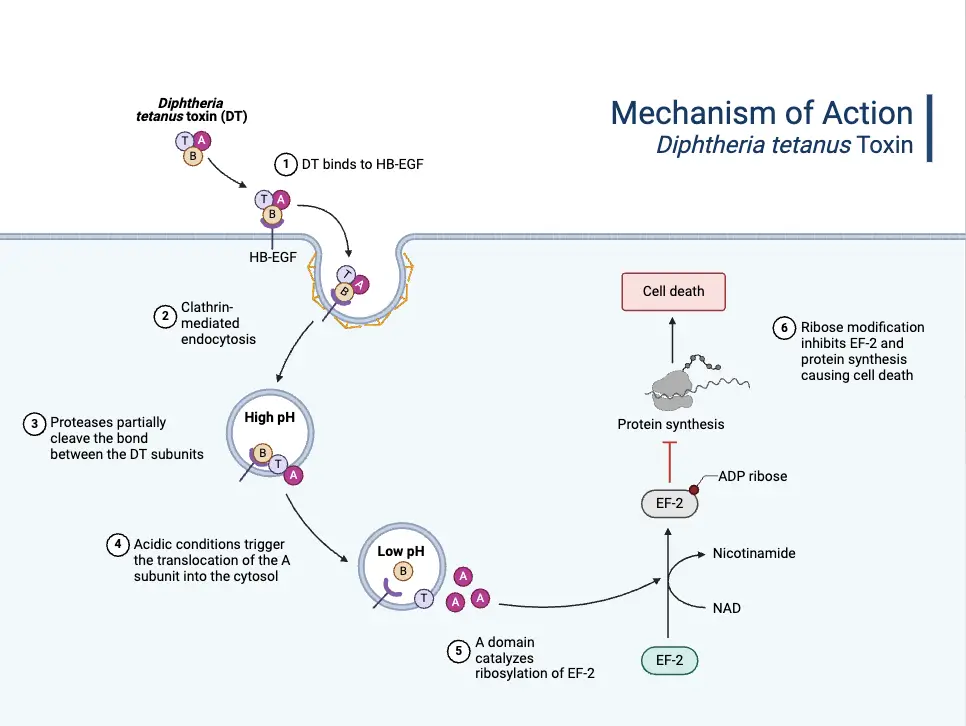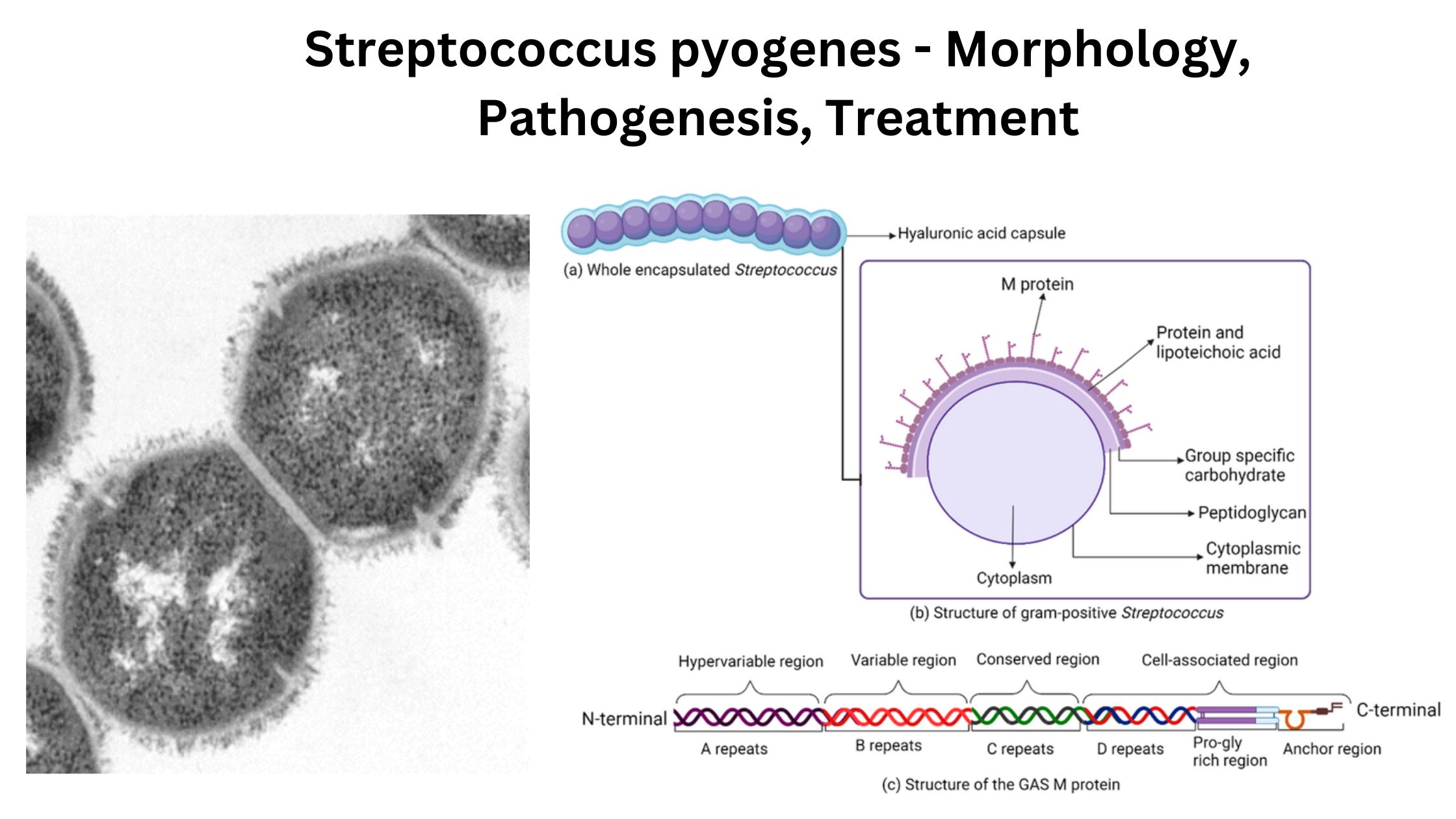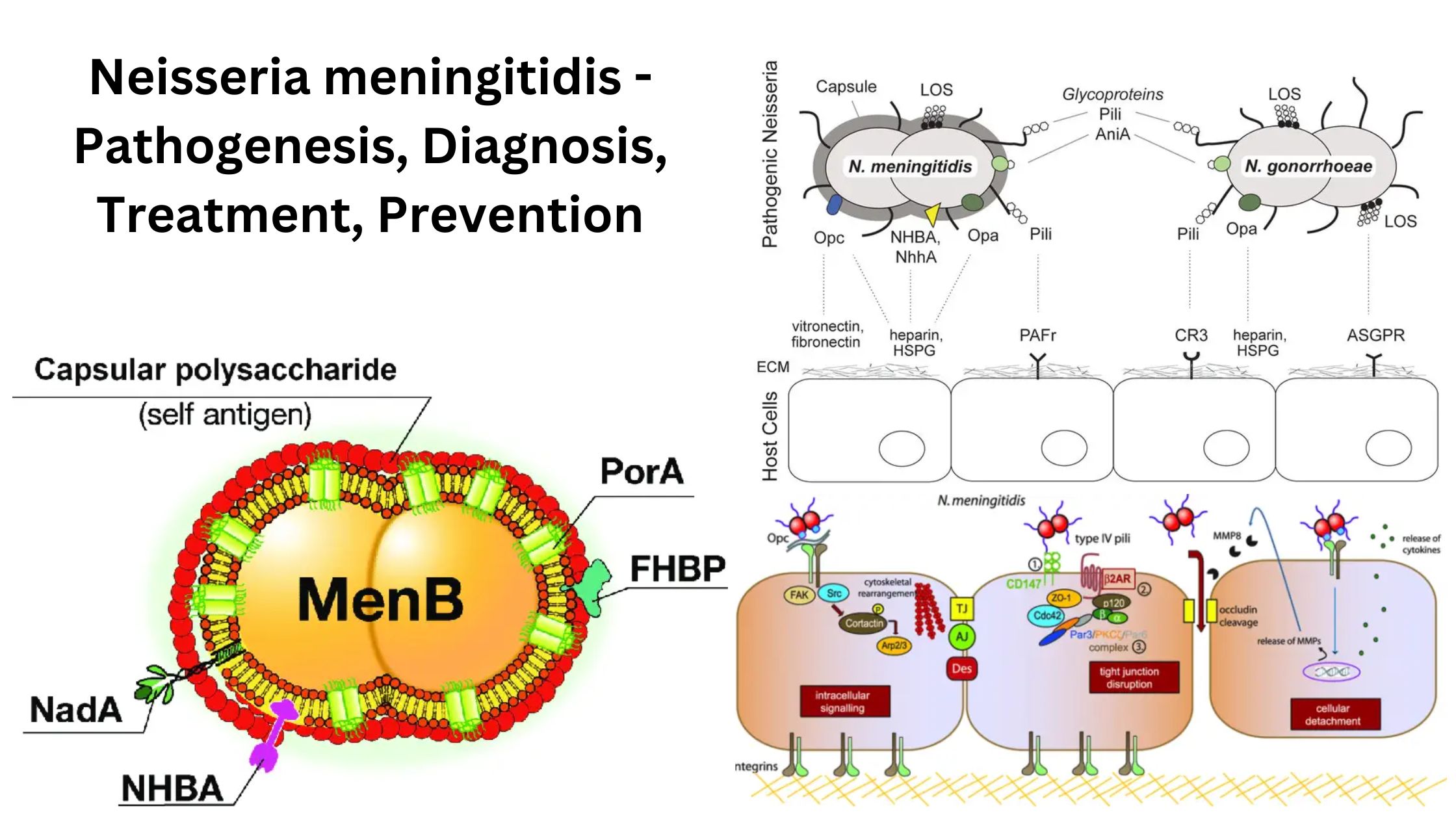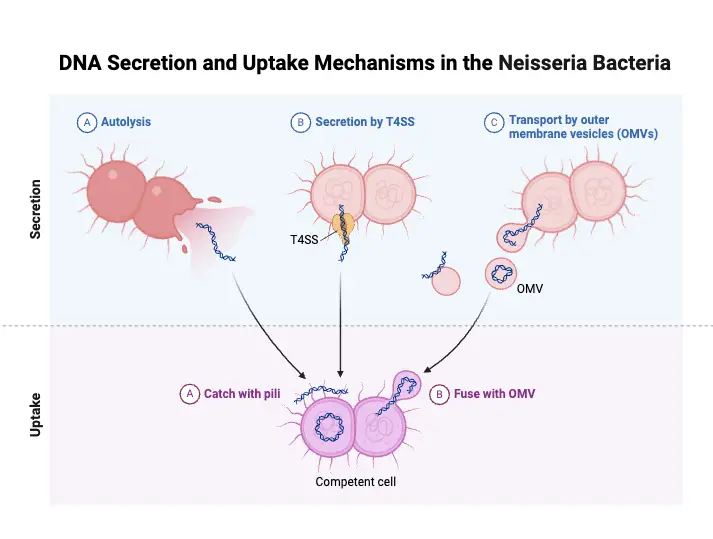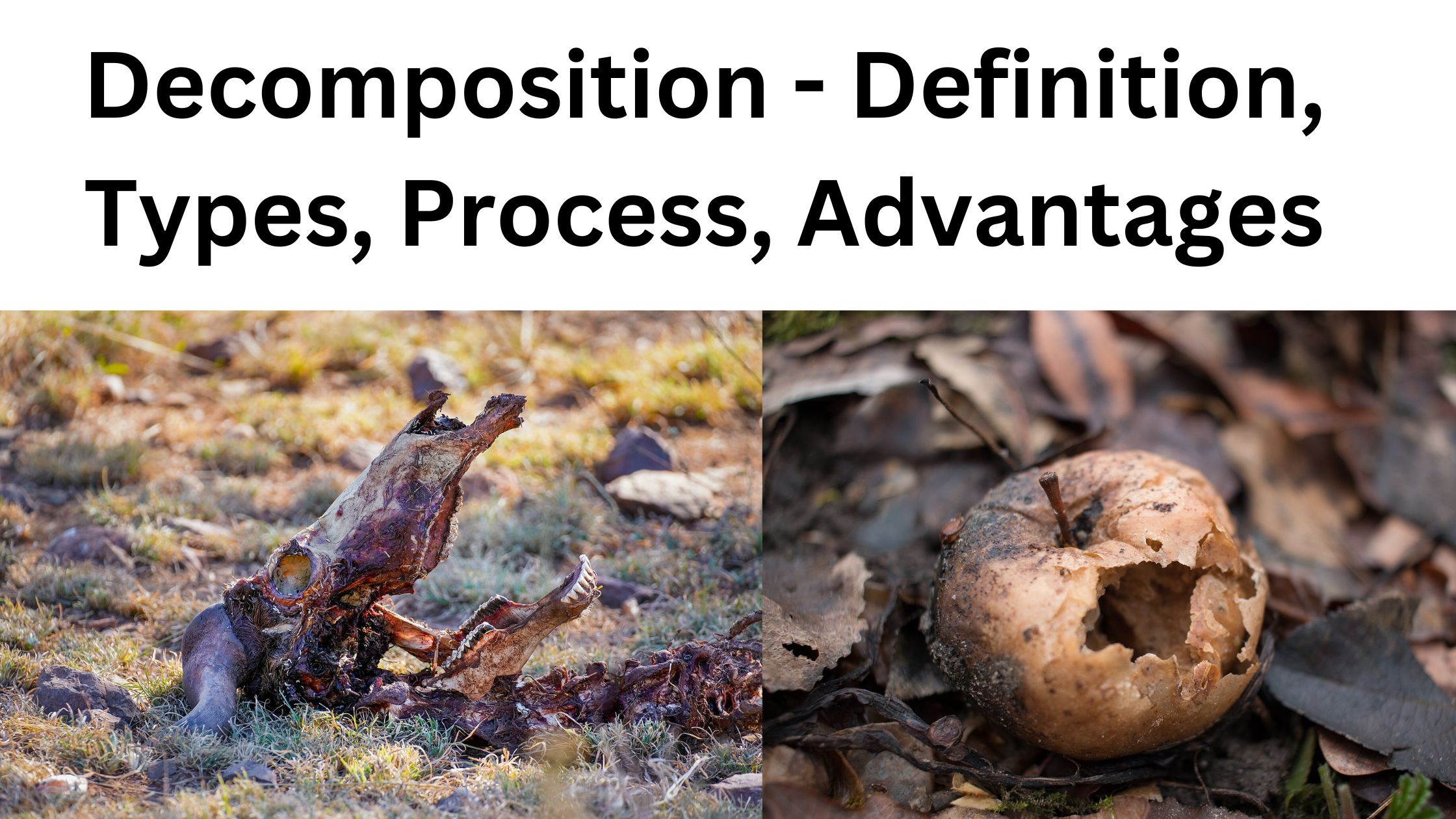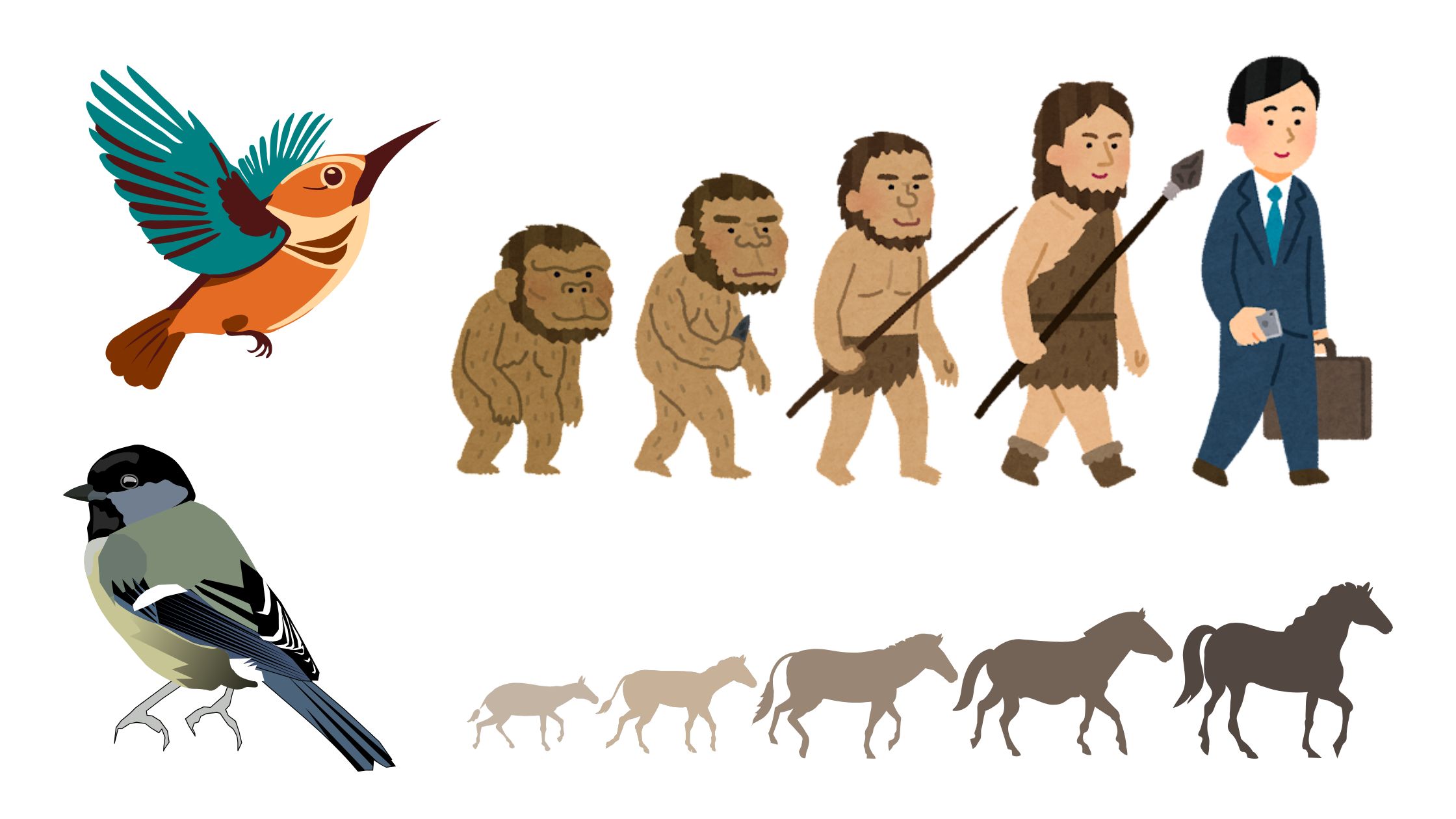Salmonella – Morphology, Antigenic structure, Cultural and Biochemical Characteristics
What is Genus Salmonella? Scientific classification Domain: Bacteria Phylum: Pseudomonadota Class: Gammaproteobacteria Order: Enterobacterales Family: Enterobacteriaceae Genus: Salmonella History of Salmonella The discovery and study of Salmonella have significantly advanced our understanding of bacterial pathogens. Below is a breakdown of key historical milestones in the study of this genus. Geographical Distribution and Habitat of S. Typhi … Read more
